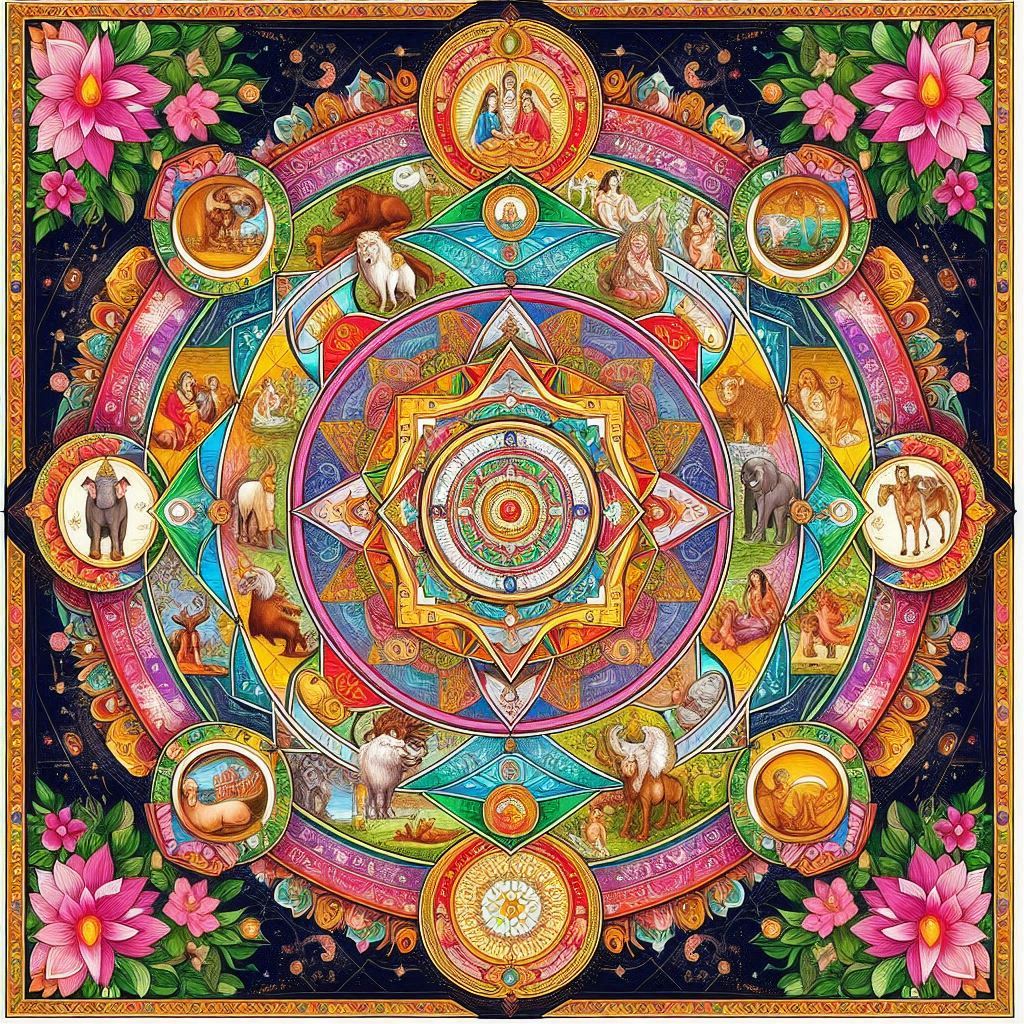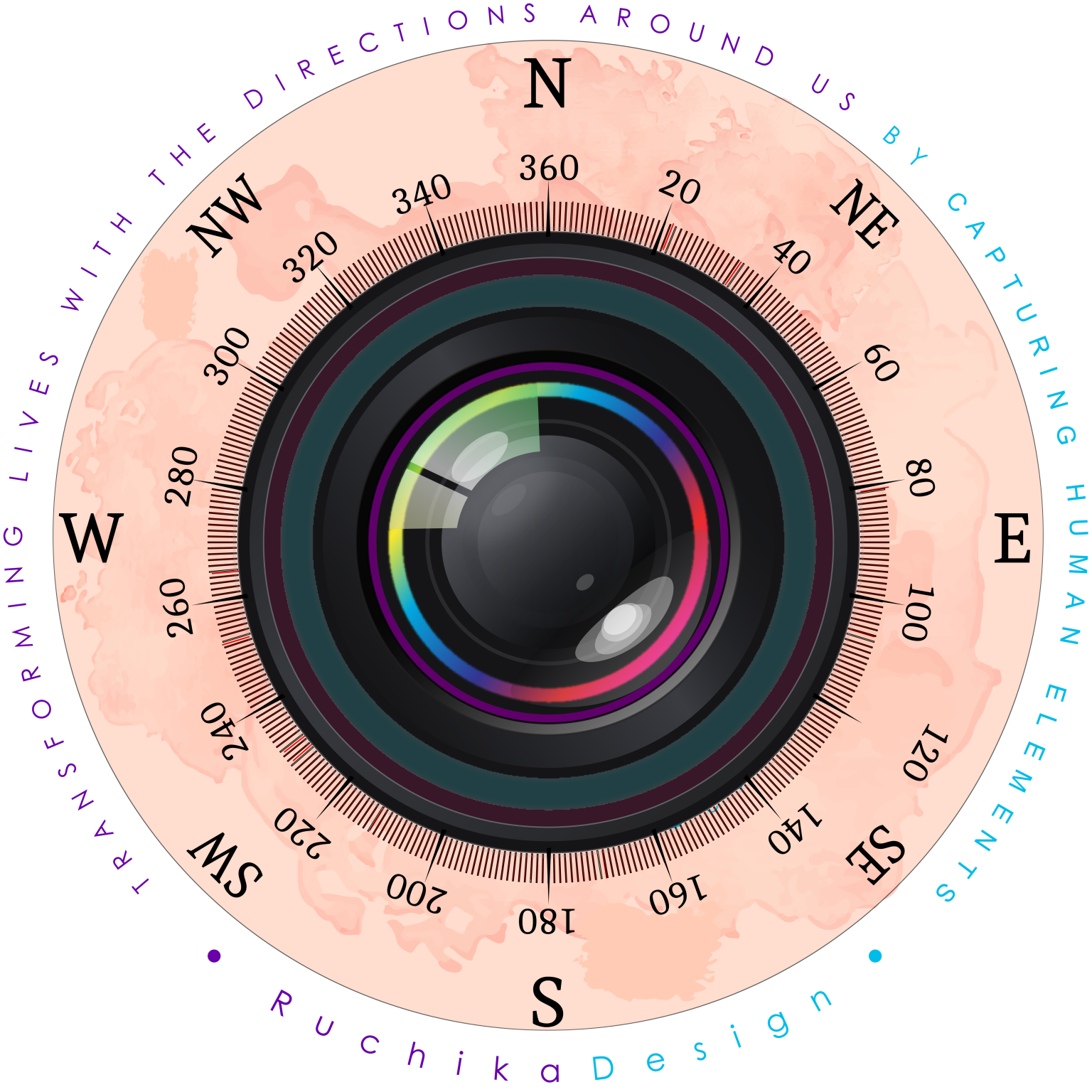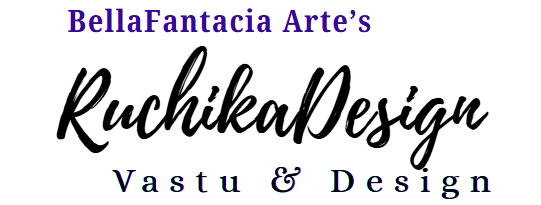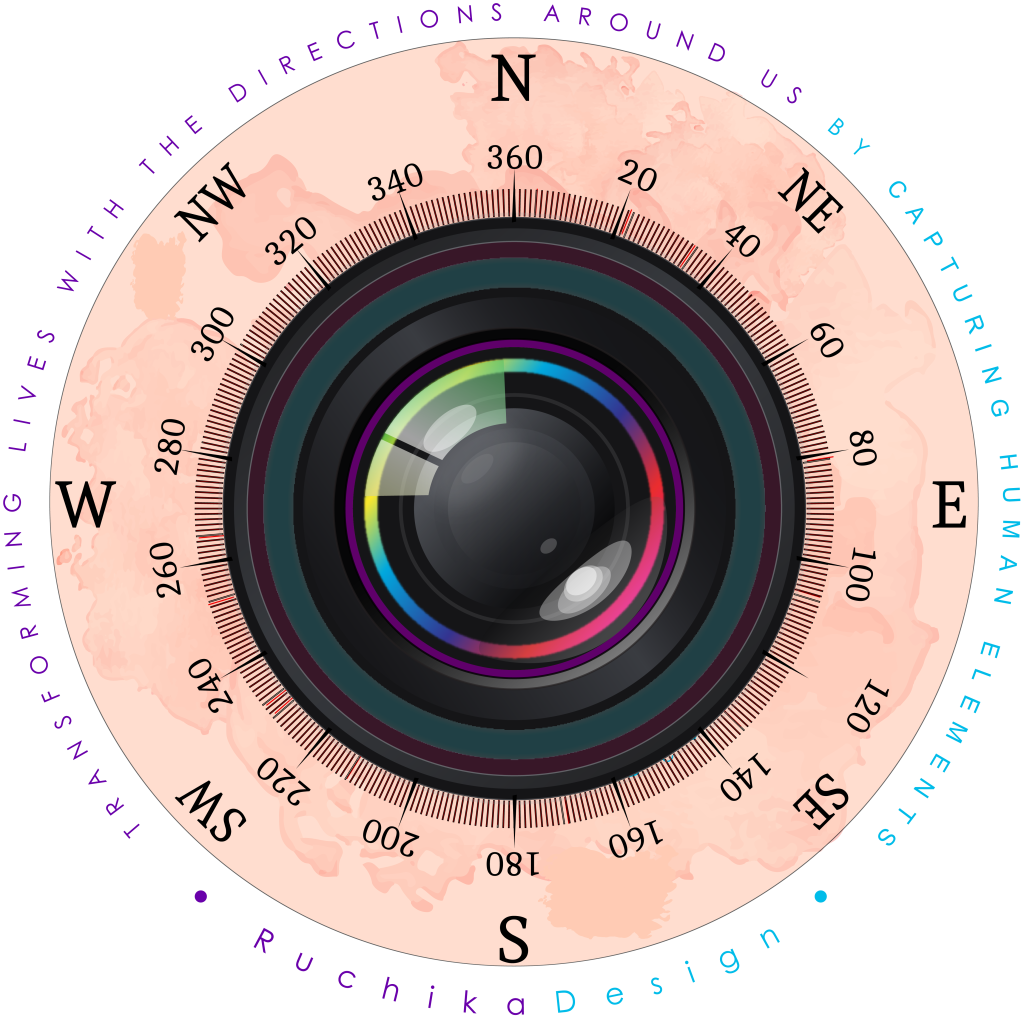
Ambiguous Signs in the Vastu
Post by : Ruchika
Post date : 15/07/2024
Vastu Shastra, the term “Ambiguous Sign” isn’t commonly used. However, it might refer to specific aspects or features within a Vastu Purusha Mandala that do not provide clear guidance or have mixed influences. The Vastu Purusha Mandala is a symbolic and metaphysical diagram used in Vastu Shastra to determine the placement of rooms and objects within a space to create harmony and balance.
I tried Interpreting some concepts while evaluating premises for different situations of clients that might relate to “Ambiguous Signs” within the Vastu Purusha Mandala:
Mixed Influences
-
Junction Points (Sandhi Sthana): Junction points are where different energy fields or zones meet. These points might have mixed or ambiguous influences, requiring thoughtful placement and balance to ensure positive energy flow.
-
Trikona (Diagonal Zones): The diagonals of the Vastu Mandala, especially the corners, are considered very powerful. Ambiguities in these zones can significantly impact the overall Vastu of the space, necessitating careful evaluation and adjustment.
-
Overlapping Zones: Sometimes, Multiple zones governed by different elements or deities might overlap, creating areas with mixed influences. For instance, a space governed by both Agni (fire) and Varuna (water)God of Rains might present ambiguous characteristics that need balancing for optimal harmony.
Specific Ambiguous Signs
-
Irregular Shapes: Non-rectangular or non-square plots and buildings can create ambiguous influences, as the traditional Vastu principles are primarily based on symmetrical shapes.
-
Extensions and Reductions: Extensions in the northeast or reductions in the southwest are generally positive, but if these are not clear-cut or are ambiguous, it could create mixed results.
-
Entrance Placement: The entrance of a building is crucial in Vastu. An entrance located at the junction of two different Vastu zones could create ambiguity in terms of energy flow
Remedies for Ambiguous Signs:
-
Consult a Vastu Expert Personalized guidance from a Vastu expert can help navigate and balance mixed influences in your space.
-
Use of Yantras and Symbols Yantras (geometric diagrams) and symbols can harmonize and balance the energies in ambiguous zones, enhancing positive vibrations. these yantra are customized designs
-
Corrective Measures Implement specific Vastu remedies, such as placing particular objects, colors, or plants, to counteract negative influences and boost positive ones.
-
Structural Adjustments Where feasible, structural modifications can help align the space more closely with Vastu principles, reducing ambiguities and enhancing harmony.
Understanding and addressing ambiguous signs in Vastu Shastra requires a refined approach that considers the unique characteristics and energy flows of each space. By paying close attention to these aspects, we can create a more harmonious and balanced environment.
Ambiguous Signs in the Vastu
Post by : Ruchika
Post date : 15/07/2024
Vastu Shastra, the term “Ambiguous Sign” isn’t commonly used. However, it might refer to specific aspects or features within a Vastu Purusha Mandala that do not provide clear guidance or have mixed influences. The Vastu Purusha Mandala is a symbolic and metaphysical diagram used in Vastu Shastra to determine the placement of rooms and objects within a space to create harmony and balance.
I tried Interpreting some concepts while evaluating premises for different situations of clients that might relate to “Ambiguous Signs” within the Vastu Purusha Mandala:
Mixed Influences
-
Junction Points (Sandhi Sthana): Junction points are where different energy fields or zones meet. These points might have mixed or ambiguous influences, requiring thoughtful placement and balance to ensure positive energy flow.
-
Trikona (Diagonal Zones): The diagonals of the Vastu Mandala, especially the corners, are considered very powerful. Ambiguities in these zones can significantly impact the overall Vastu of the space, necessitating careful evaluation and adjustment.
-
Overlapping Zones: Sometimes, Multiple zones governed by different elements or deities might overlap, creating areas with mixed influences. For instance, a space governed by both Agni (fire) and Varuna (water)God of Rains might present ambiguous characteristics that need balancing for optimal harmony.
Specific Ambiguous Signs
-
Irregular Shapes: Non-rectangular or non-square plots and buildings can create ambiguous influences, as the traditional Vastu principles are primarily based on symmetrical shapes.
-
Extensions and Reductions: Extensions in the northeast or reductions in the southwest are generally positive, but if these are not clear-cut or are ambiguous, it could create mixed results.
-
Entrance Placement: The entrance of a building is crucial in Vastu. An entrance located at the junction of two different Vastu zones could create ambiguity in terms of energy flow
Remedies for Ambiguous Signs:
-
Consult a Vastu Expert Personalized guidance from a Vastu expert can help navigate and balance mixed influences in your space.
-
Use of Yantras and Symbols Yantras (geometric diagrams) and symbols can harmonize and balance the energies in ambiguous zones, enhancing positive vibrations. these yantra are customized designs
-
Corrective Measures Implement specific Vastu remedies, such as placing particular objects, colors, or plants, to counteract negative influences and boost positive ones.
-
Structural Adjustments Where feasible, structural modifications can help align the space more closely with Vastu principles, reducing ambiguities and enhancing harmony.
Understanding and addressing ambiguous signs in Vastu Shastra requires a refined approach that considers the unique characteristics and energy flows of each space. By paying close attention to these aspects, we can create a more harmonious and balanced environment.



